Newer new discoveries are HERE
Palace of Nestor Reopens
This palace of fact and fiction is considered the best preserved Mycenaean palace in Greece. Its discovery in 1939 included about 1,200 tablets written in Linear B. The structure had over 100 rooms and was quite elaborate with a large throne room, frescos and light wells. Located north of Pylos.
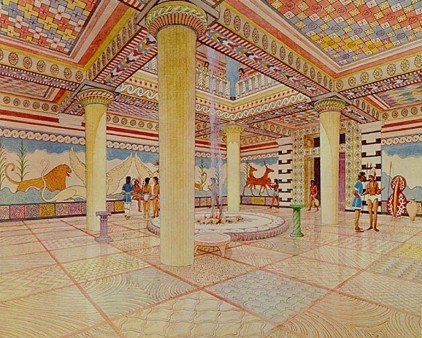
New Look at Old Information
Archaeologists to Study Shackled Skeletons: This article has fascinating photos of recent work at the Phaleron cemetery near Athens. The focus is to learn more about common people of the period and about the losers who have not had a chance to be written up in histories.
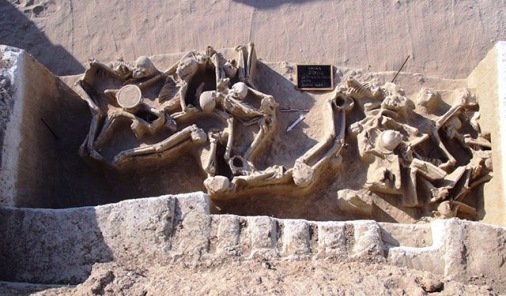
Buried Treasure: Valuable in money and knowledge
Imagine the joy of turning over a large stone and finding a 3,500 year old un-looted grave; a very rare discovery, indeed. In fact the valuables may have been looted from the Minoans by an early Mycenaen. This story is too good for me to tell; see two articles about it:New York Times and UC Magazine

Another Palace Discovered
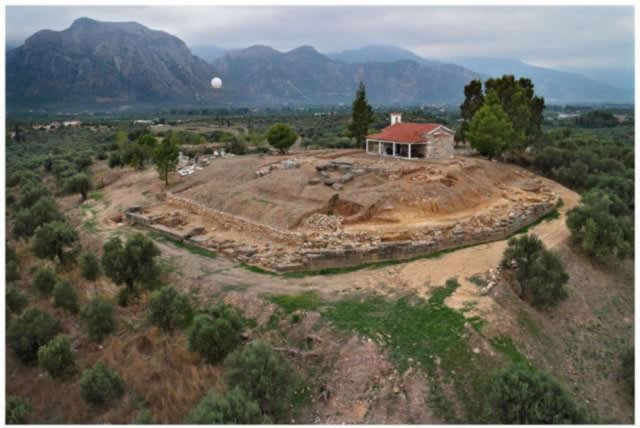
We tend to read a lot about the Minoans (3000 to 1100 BC on Crete) and the Mycenaeans (1600 to 1100 BC in northern Greece) and thus forget there were other peoples scattered around the region. This summer we were reminded when the Greece Ministry of Culture announced the discovery of a 10 room “palace” in the plains of southern Greece located near what was more than 600 years later to become the city state of Sparta. The palace is dated at 1700 to 1600 BC.
This location has been under excavation for six years and has turned up all the usual pottery, swords and murals and some unusual examples of Linear B script, the oldest writing in Europe.
The Ministry says that in 2015 there were more than 150 archaeological digs taking place. So I expect we will be seeing a plethora of new discoveries. Hopefully we will learn something new from them.
For instance on the island of Paros there are ruins called Mycenaean Acropolis, which are dated as originating in an earlier period. Perhaps it was not built by the Mycenaeans themselves as is usually claimed but by another tribe of which we have no record, yet.
Tomb Found with Valuable Artifacts Still in Place: Feb 2015
This is a vaulted Mycenaean tomb near Amfissa in central Greece. It is estimated at 3,300 years old. It appears that grave robbers were unsuccessful because the artifacts include gold rings and semi-precious stones. A video and more on www.ancient-origins.net
Once Again Another Significant Discovery: September 2014
I wrote years ago that it is difficult to turn a spade in Greece without uncovering an antiquity, but this is getting ridiculous. Because of the major tomb discovery below I never got around to wrting about the whole city discovery near Kavousi on Crete in early August. Now an even more extensive city has been found during construction of a major motorway near Missolonghi in western Greece. This discovery will have the Transport Minister at odds with the Culture Minister so should get rapid action. Stay tuned.
Significant Ancient Tomb Discovered August 2014: Amphipolis
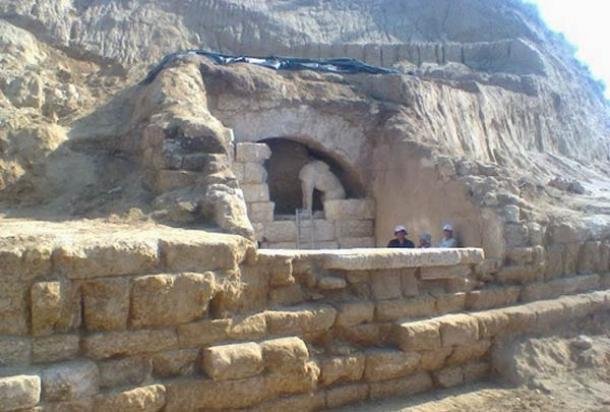
My first alert of this new discovery made me suspect because it quoted the Greece Prime Minister as saying it was important. The popular media did not help because reports contained little of substance. But now Ancient Origins Net has come out with a more detailed report and photos. Well worth the short read or just go to the update for the summary.
Nov 2014 Update: Now nearly completely excavated here is a summary of what was found.
May 23 Update: The Kasta tomb, a now famous burial site, has been opened to visitors almost a decade after its discovery. The site is now open to special public groups, including scientists, researchers, educators, travel industry professionals, and members of the Serres regional self-government. It is slated to be open to general public in 2027.
Ancient Erotic Graffiti: Some Things Never Change
During a field trip on the rocky atoll, Astypalaia, an archaeology professor stumbled upon lewd drawings and writings that have been dated to the sixth century BC making them the earliest known examples of men being crude.
Scholars are now busy interpreting the meaning and ramifications of it all. Discoverer, Dr. Andreas Vlachopoulos, emphasizes the rarity of such frankness compared to more common public art. He also points out there are many more ancient discoveries waiting to be found.
“Few Greek islands have been properly explored or excavated and these findings are testimony to why it is so important that they are,” said the archaeologist.
I say, “Yes, Visit Ancient Greece!”
2023 Update: The Greek Reporter has updated this story with photo and video: HERE
based on article in The Guardian
April 2013:Major new discovery of THE Ploutonion
Italian archaeologists working near Pamukkale, Turkey at the site of ancient Hierapolis have excavated a portal to the underworld. A dedication to Pluto engraved over the entrance to a cave confirms the identification. They found the cave first by clues from ancient mythology then by following the path of an underground spring through the site. Included in the excavation is a small temple, a pool and steps leading into the cave. The next step will be to dig around the area where they expect to find a major temple to Pluto as pilgrims from around the ancient world came here to bath in the pools and worship at the cave entrance. Only trained priests could enter the cave due to poisonous gases which killed any birds or other animals who came near. Those same gases (mostly carbon dioxide) are still there today.
Turn a Spade, Find an Artifact
25 Jan 2013: Another day another gold wreath. This one was found in a plain grave of a woman during excavation for the subway in Thessaloniki. It is believed to date from late 4th or early 3rd century B.C. and joins eight others found four years ago. The much delayed construction project started in 2006 and so far has added 23,000 ancient and medieval items to the state’s exhaustive collection.
I expect Thessaloniki’s Metro stations will join Athens’s as major displays of what was found during their construction.
Greece before the Greeks
Numerous new discoveries have been made this past year at Koutroulou Magoula, a neolithic settlement from c. 5500 BC about 160 miles from Athens. Figurines as well as house structures are expected to tell much about the life of the community. Sourced from this Jan 7, 2013 press release at Science Daily
The same can be said for recent excavations on our beloved island of Paros. In 2012 large numbers of painted ceramics and items made from copper and ivory were found. Of note is that this site, Koukounaries, is right next to the popular swimming beach of Kolymbithres. Read about combining education and Greek island beach fun.
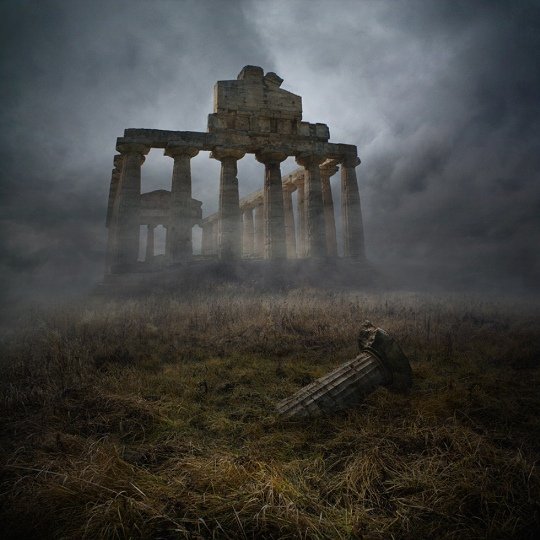
My even older writings on new discoveries of ancient Greece are in my Paros blog
Fans or followers of Ancient Greece topics will enjoy our curated content page: Ancient Greece Interest